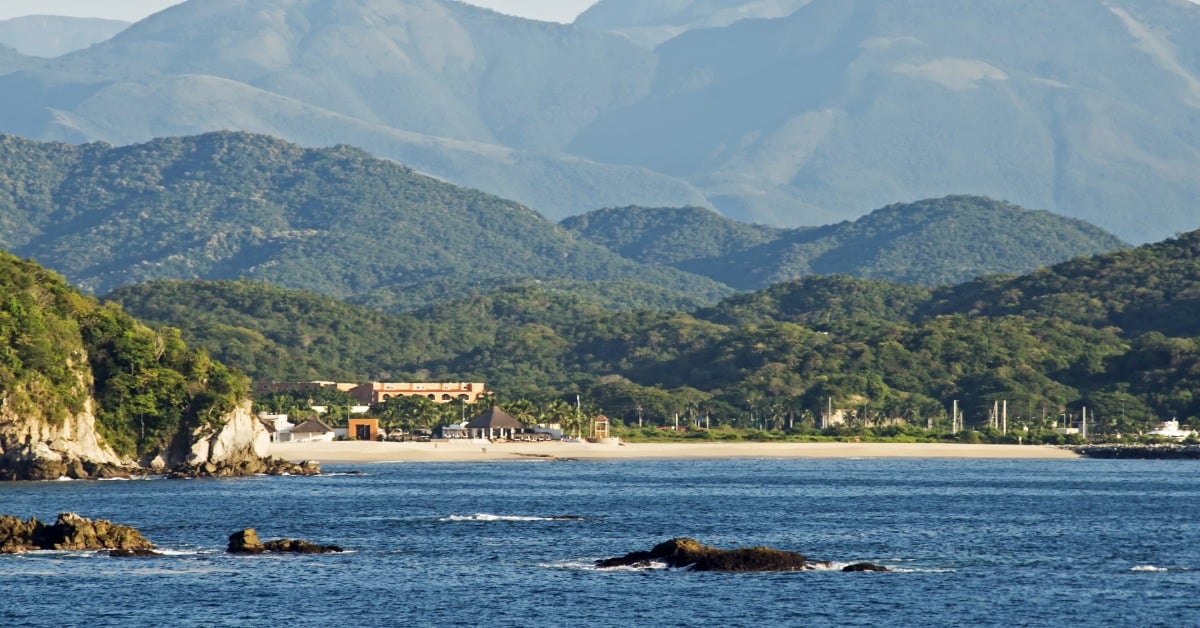Residents warn that irregular settlements threaten biodiversity in Huatulco. Over 30 invasions across 915 hectares drive deforestation, pollution and habitat loss . . .

Residents warn that irregular settlements threaten biodiversity in Huatulco. Over 30 invasions across 915 hectares drive deforestation, pollution and habitat loss . . .

